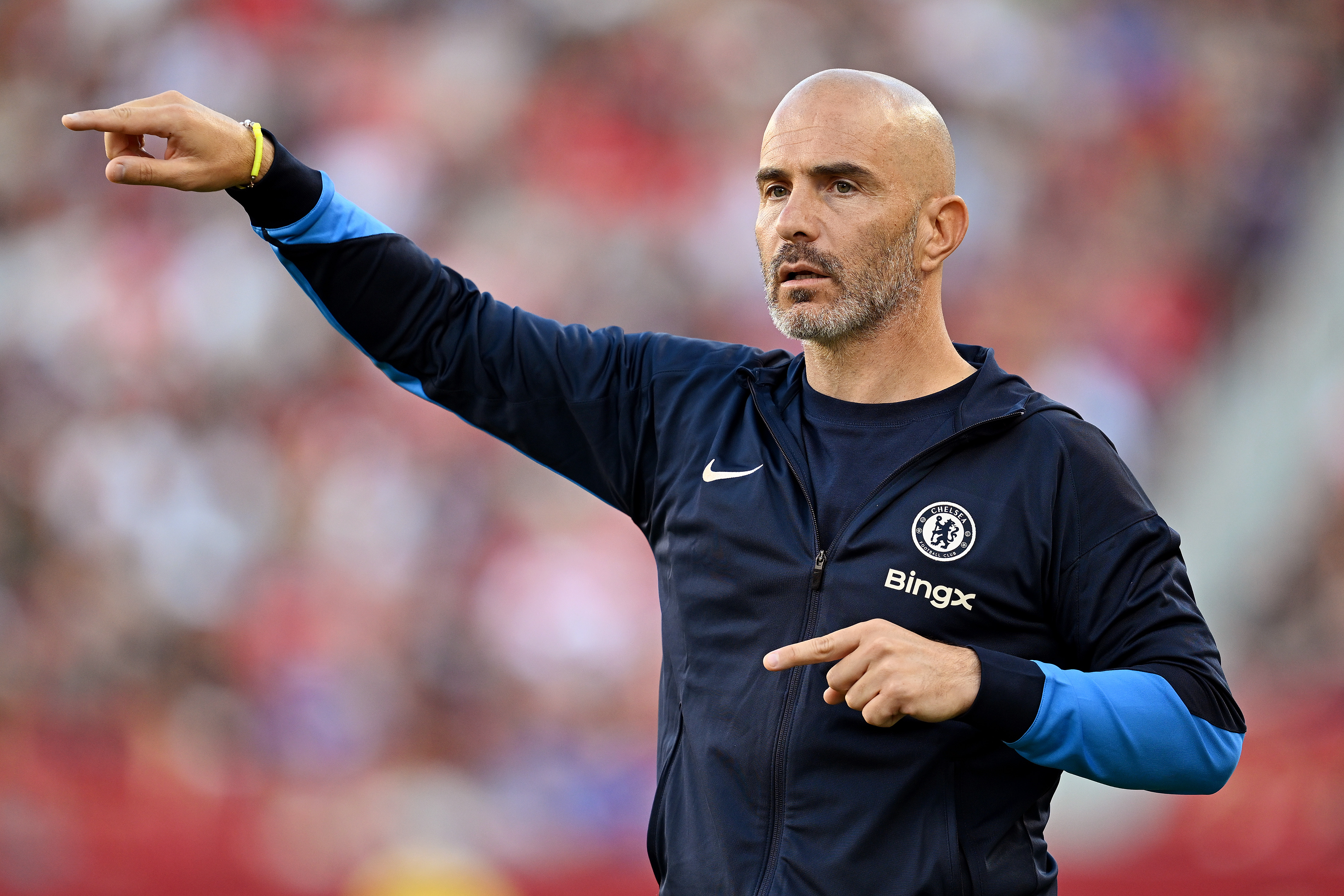The key facts and figures behind a record-breaking Euro 2022

The self-proclaimed “biggest and best” Women’s European Championship lived up to its billing, crowned by England winning the trophy on home turf at a sold-out Wembley on Sunday.
Here, the PA news agency looks at the key statistics behind the tournament and the Lionesses’ success.
Goals galore

There were 95 goals scored across just 31 games at the tournament, an average of 3.06 per game.
That compares to just 68, or 2.19 per game, at Euro 2017 and 146 in a larger 52-game programme, or 2.80 per game, at each of the last two Women’s World Cups featuring 24 teams.
There were 142 in 51 games at the men’s Euro 2020 (2.78 per game) and 169 in 64 matches (2.64 per game) at the most recent men’s World Cup in 2018.
There was not a single goalless draw in the tournament – though France’s quarter-final win over the Netherlands went into extra time at 0-0 before Eve Perisset’s 102nd-minute penalty winner. Indeed, groups C and D produced only one clean sheet apiece.
Despite seven bookings in a testy final, there were just 72 yellow and two red cards in total at Euro 2022. An average of 2.32 yellows per game was slightly up on the 2.23 at the 2019 Women’s World Cup but far lower than the 2.87 at Euro 2017 and 2.96 and 3.42 at the most recent men’s Euros and World Cup respectively.
Get FourFourTwo Newsletter
The best features, fun and footballing quizzes, straight to your inbox every week.
Hot shots
⚽️ Top scorer⭐️ Player of the Tournament 🏆 @WEURO2022 champion— UEFA Women's EURO 2022 (@WEURO2022) August 1, 2022
Beth Mead became the fifth English player to win the Golden Boot at a major tournament, the second at successive women’s Euros following Jodie Taylor in 2017 with Gary Lineker, Alan Shearer and Harry Kane achieving the feat on the men’s side.
Mead averaged a goal or an assist every 40.9 minutes, with injured France striker Marie-Antoinette Katoto (47min) and England super-sub Alessia Russo (53) her nearest rivals among players who played the equivalent of at least one full game.
The Netherlands’ Romee Leuchter scored two late goals in the 4-1 win over Switzerland, thus averaging one every 15.5 minutes in her 31 minutes of action, while Sweden’s Olivia Schough played just 36 minutes and recorded an assist.
In all, 68 different players scored in the tournament, in addition to four own goals. Eleven of those struck more than once – Mead and Alexandra Popp with six, Russo four, Lina Magull and Grace Geyoro with three apiece and two for Georgia Stanway, Fran Kirby, Ella Toone, Ellen White, Leuchter and Filippa Angeldahl.
Fifty players claimed assists, Mead again leading the way with five while Kirby, Keira Walsh and Kosovare Asllani had three each.
Build it and they will come

From the moment 68,871 fans packed into Old Trafford for the Lionesses’ opener against Austria, the pattern was set for a record-breaking tournament in terms of attendances.
That saw Manchester United’s famous home almost 92 per cent full, a mark that was matched or bettered on several occasions at other Premier League grounds in Brentford, Brighton and Southampton as well as at Wembley for the final.
A sell-out crowd of 87,192 – a record for men’s or women’s Euros – meant a cumulative attendance of 574,875 across the tournament, with the average game played at over 70 per cent of capacity.
St Mary’s arguably proved too big for Northern Ireland, at least outside of their 30,000-plus gate against England, with just over 9,000 at their other two games – less than 30 per cent of capacity. Only four other matches, though, were played in grounds less than half full – Switzerland’s games with Portugal and Sweden, Denmark v Finland and Austria v Norway, all in the group stage.
The final was also watched by a peak BBC One audience of 17.4million and an average of 11million, with more on iPlayer and online, making it the most-watched women’s football match ever on UK television and the most-watched programme of 2022 so far.
